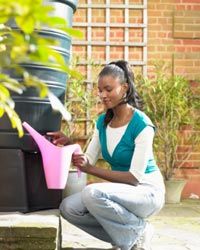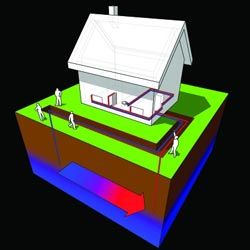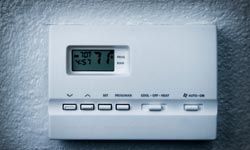When you picture an eco-friendly home, do you imagine solar panels that are something of an eyesore, or maybe those Earthship solar houses from the 70's? Green homes get a bad rap sometimes, but there are modern green technologies that pretty much anyone can incorporate into a home.
And there's good reason to try some. The average U.S. household uses about 32 kilowatt hours of electricity [source: U.S. Energy Information Administration], and 400 gallons (1,514 liters) of water a day [source: WaterSense]! So, not only does saving on power and water conserve natural resources, but as a homeowner you'll see a return on your investment in lower monthly energy bills.
Advertisement
You don't have to go to extreme measures to make your home more eco-friendly either. Whether you're looking to build a new space or thinking about upgrading your existing one, we've got lots of green technologies that you might want to consider. Some of these innovations require a big budget, and others are more of a weekend project. Let's begin with one that can save a whole lot of money.




